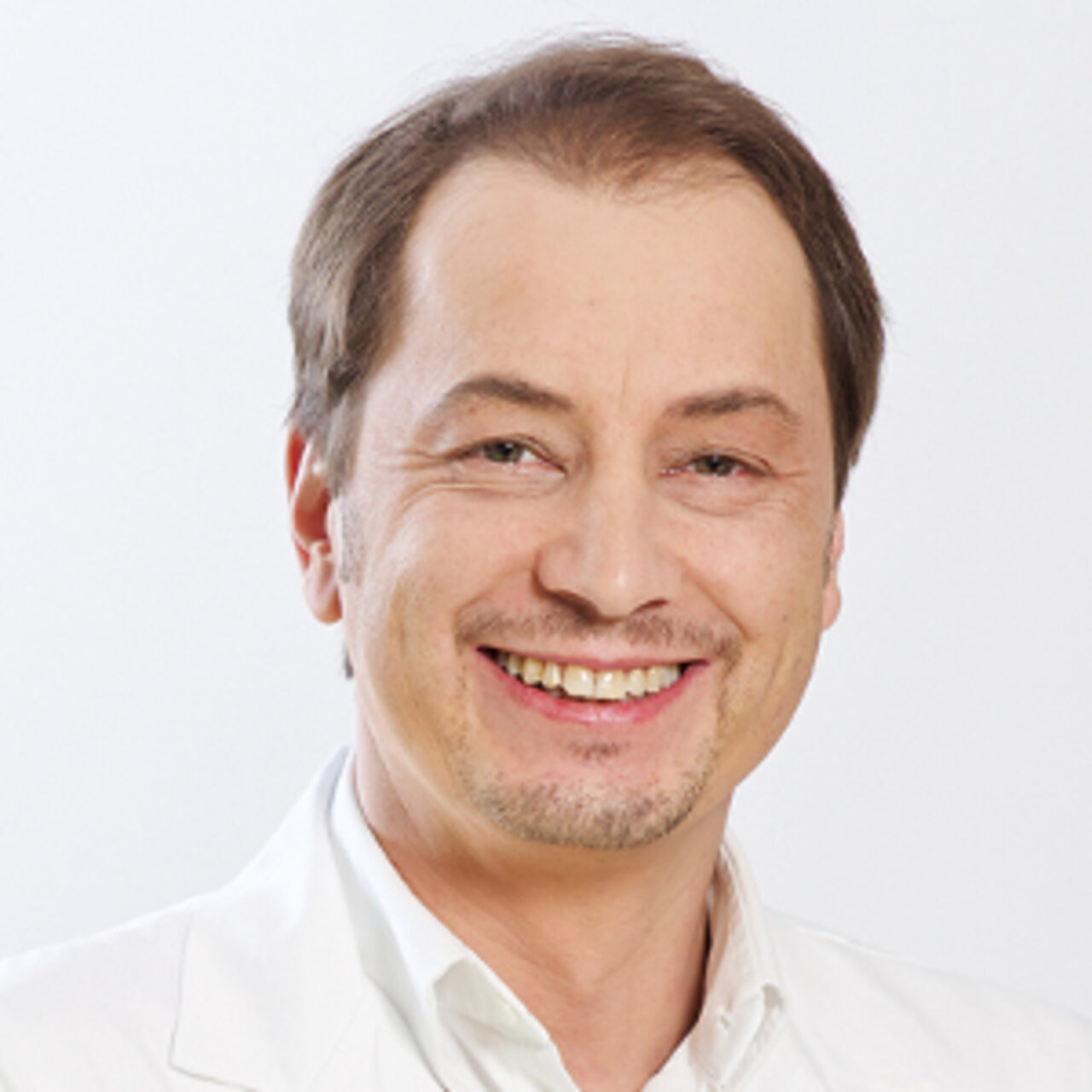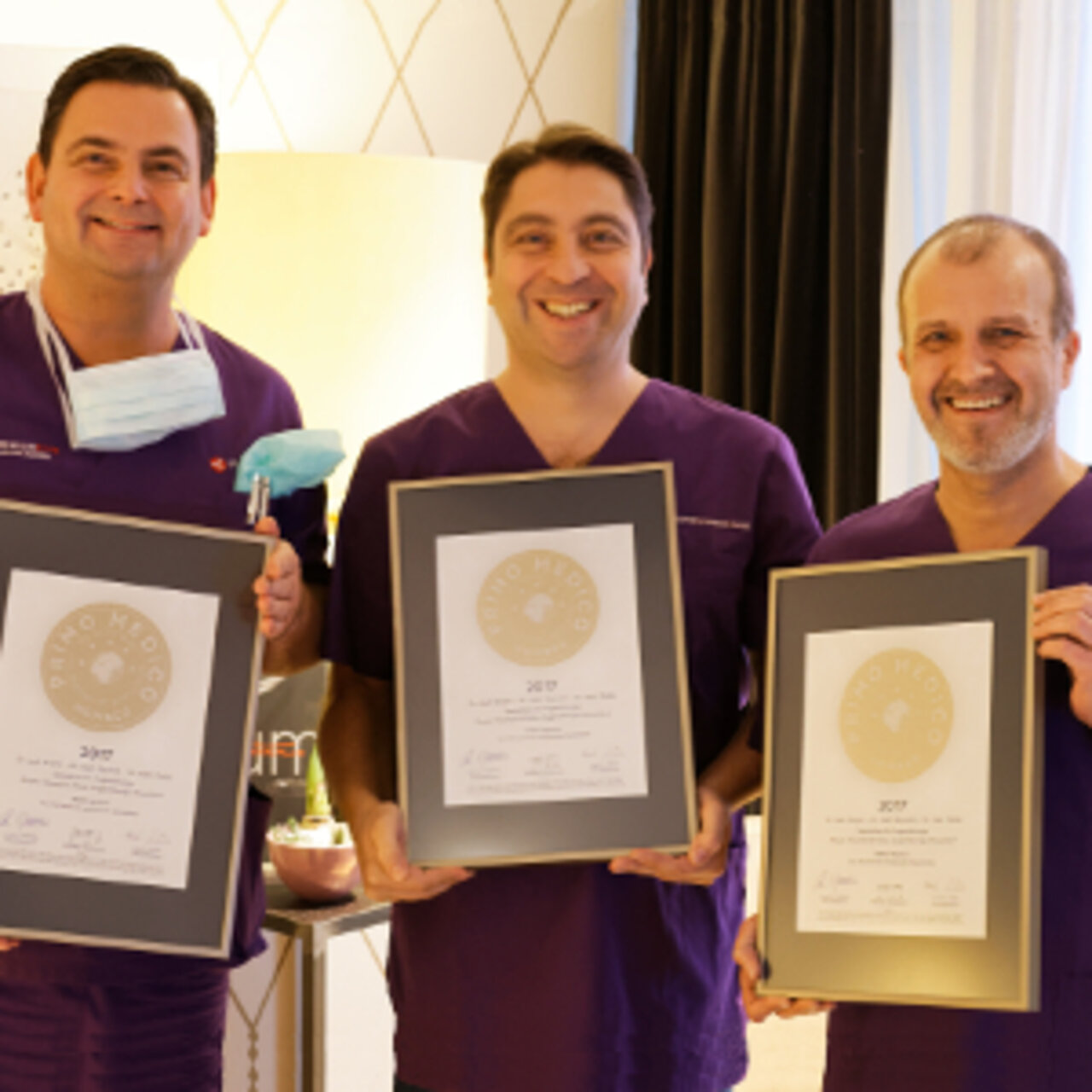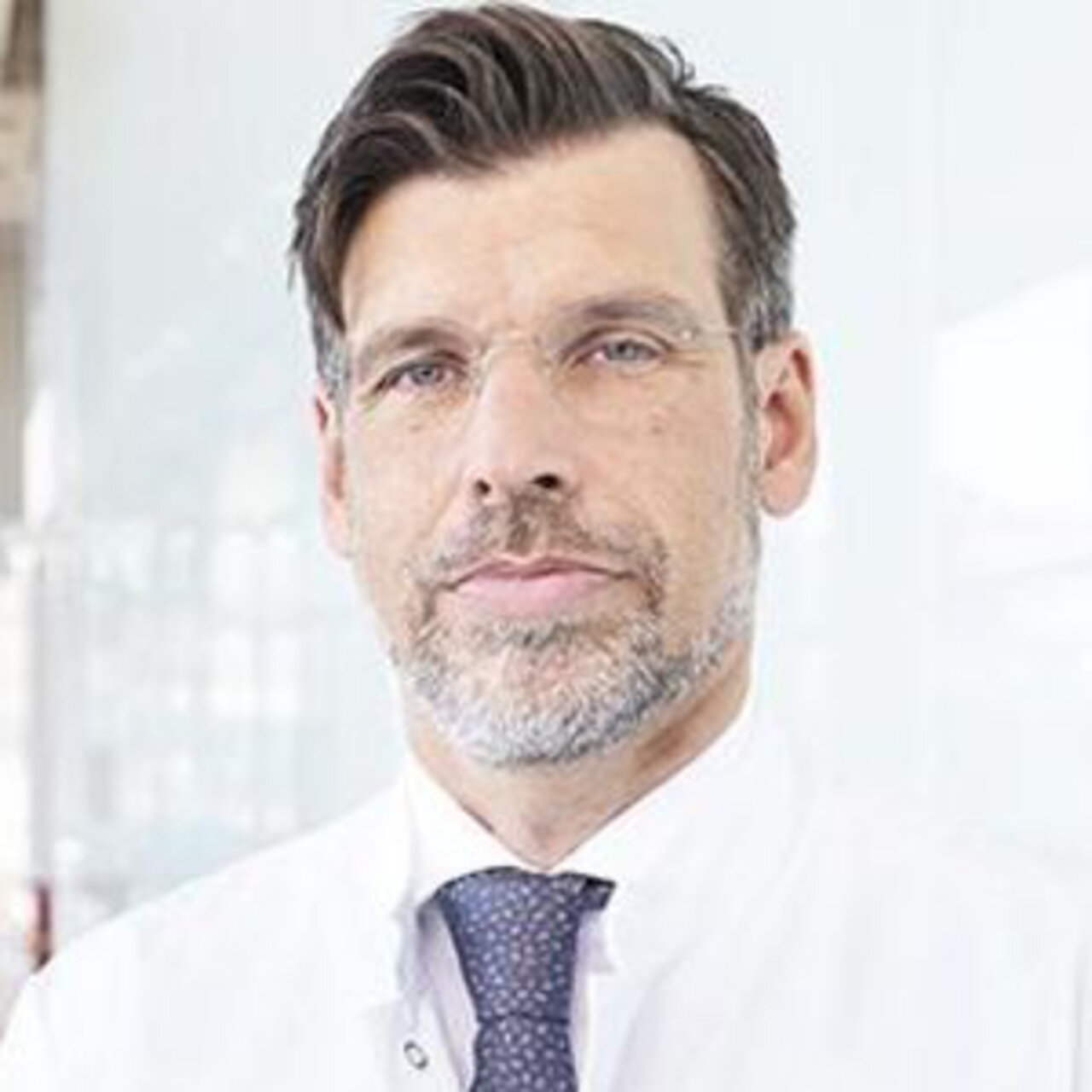Specialists in Optical coherence tomography
4 Specialists found
Information About the Field of Optical coherence tomography
What is optical coherence tomography (OCT)?
Optical coherence tomography (abbreviated as OCT) is a high-precision, contactless imaging procedure which has only been available for a few decades. The principle is the same as for ultrasound examinations. The difference is that light beams are used instead of sound waves to create a high-resolution, three-dimensional image of the examined tissue.
OCT is primarily used in ophthalmology, but can also be applied in other medical fields such as cardiology or dermatology.
When is optical coherence tomography indicated?
In ophthalmology, OCT is employed for the suspicion of a certain pathology or as an early detection tool for various eye diseases. It can also be used for monitoring the progress of a disease before and after treatment or surgery. Even the smallest structures of the retina, the vitreous body and papilla of the optic nerve can be visualized in high resolution.
Changes caused by the following diseases, among others, can be detected using OCT:
Age-related macular degeneration (AMD), the most frequent cause of blindness in Germany
Diabetic retinopathy (pathological changes in the retina due to diabetes)
Multiple sclerosis or neuromyelitis optica spectrum diseases (autoimmune diseases often associated with inflammatory changes to the optic nerve)
In addition, this scan can be done as part of the preparation for an operation. Precise imaging of the retina with OCT makes predicting the visual acuity after cataract surgery easier, for examplep.
Additionally, OCT helps to ensure the safety of an operation as it can reveal acute or chronic inflammatory processes prior to surgery, such as in smokers, diabetics or patients with rheumatic diseases, which may be exacerbated by an operation.
Even though optical coherence tomography is mainly used in ophthalmology, there are other fields of application. For instance, a variant of OCT is based on infrared light and can visualize ruptures or erosions of plaques in the coronary arteries, potentially leading to heart attacks. In dermatology, OCT is also used for the diagnosis and monitoring of various types of skin cancer and their corresponding precancerous lesions.
For now, statutory health insurance providers only cover the costs of optical coherence tomography, which are between €50 and €100, in the case of certain diagnoses, including swelling of the retina as part of diabetic retinopathy.
What is the procedure for optical coherence tomography?
Optical coherence tomography is a contactless and completely painless examination. Only in very rare cases do the pupils need to be dilated by administering special eye drops.
First, the patient places their face in a device that has a chin and a forehead support in front of a kind of slit lamp. The aim is to avoid the patient moving during the examination. The patient is asked to focus on a fixed point and should avoid blinking if possible.
During the following examination, a laser beam is broken into two parts by a beam splitter. As a reference, one of these components covers a defined distance. The other part is then directed at the tissue to be examined, that is, the back of the eye, which will reflect the light. Using an interferometer, the reflected light and the light from the reference path are brought to overlap. An interference signal represents the change in amplitude of the light waves upon overlapping. Based on this signal, it is possible to distinguish different structures along the path of the light beam.
To create a three-dimensional image, the back of the eye is scanned piece by piece by the laser beam. This creates a highly magnified image on the computer which can be interpreted directly by the doctor.
Which risks are associated with the examination?
As optical coherence tomography doesn't involve touching the eye and low intensity light is used that doesn't glare, there are no side effects to the examination.
Only when eye drops are given to dilate the pupils, which is rarely the case, the patient will notice a brief and slight decrease in visual acuity, usually returning to normal within a few hours. Furthermore, a temporary reddening of the eye and increased sensitivity to glare over several days are possible.
How long does an OCT examination take?
It only takes a few seconds for the actual measurement using optical coherence tomography. Subsequently, the doctor will evaluate the three-dimensional image and discuss the findings and possible treatment options with the patient.
What is important after an OCT examination?
Following an optical coherence tomography scan, patients do not need to adhere to any special instructions. Since no radiation exposure occurs during the examination, it is also possible to repeat the examination without any risks.
In the rare case that the pupils need to be dilated by administering eye drops, patients should be aware that their fitness to drive may be impaired. No heavy machinery such as motor vehicles may be operated for as long as vision is noticeably impaired. This is usually limited to a few hours, but in individual cases can last up to two weeks.
Which doctors and clinics specialize in optical coherence tomography (OCT)?
Optical coherence tomography is mainly used for visualizing the back of the eye. It is performed and interpreted by an ophthalmologist who has the necessary special technology in their practice or clinic.
Less common areas of use for this imaging method include medical specialties such as cardiology, dermatology or oncology.
If you're in need of a doctor, you expect the best medical care possible. So of course patients are curious to find out what clinic to go to. As there is no objective way to answer this question and a legitimate doctor would never claim to be the best, patients must rely on a doctor's experience.
Let us help you find an expert for your condition. All listed doctors and clinics have been reviewed by us for their outstanding specialization in the field of optical coherence therapy (OCT) and are looking forward to your inquiry or wish for treatment.
Sources:



